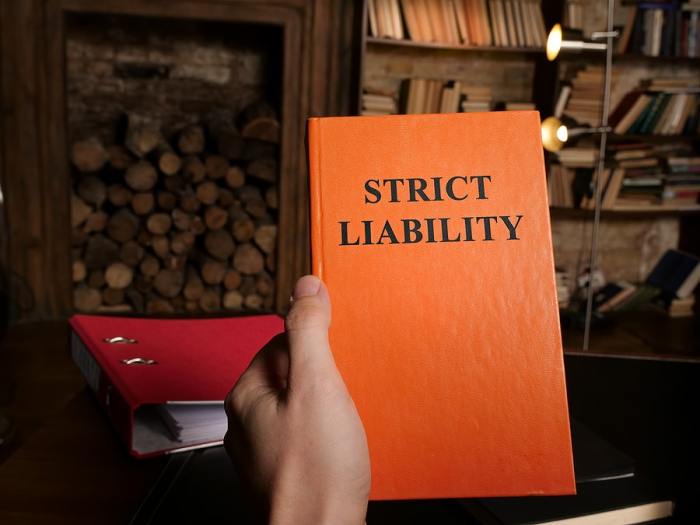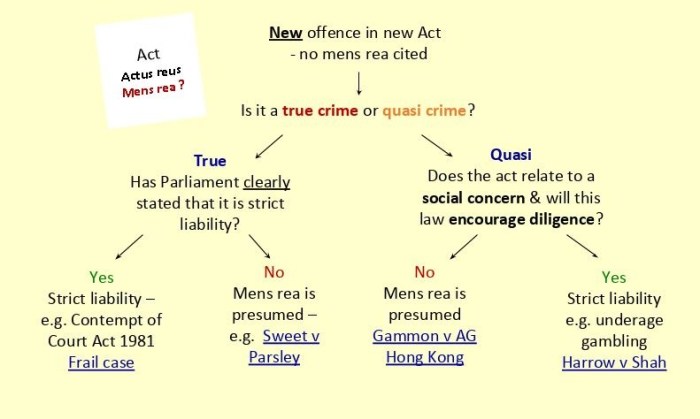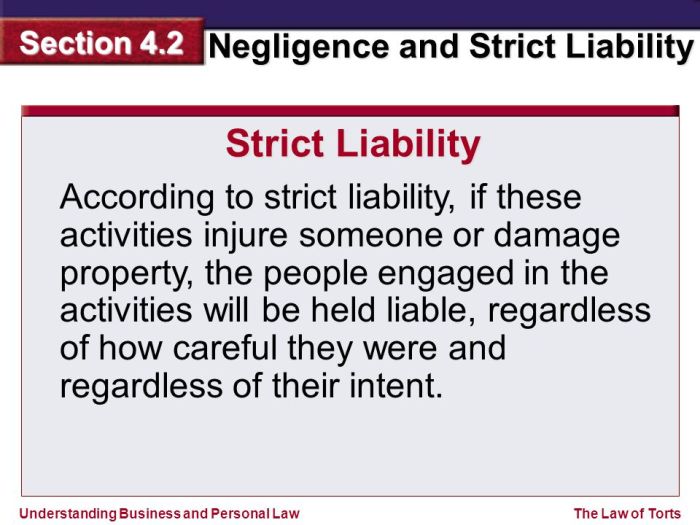
What is strict liability in law? Imagine a situation where you are held responsible for harm caused by your actions, even if you didn’t intend to cause any harm or were even careful. This is the essence of strict liability, a legal principle where liability is imposed regardless of fault. While it may seem unfair at first glance, strict liability plays a crucial role in ensuring accountability for certain activities that pose inherent risks to others.
Strict liability differs significantly from negligence, where liability arises from a failure to exercise reasonable care, and intentional torts, where liability arises from a deliberate act causing harm. In strict liability cases, the focus is on the nature of the activity and the potential for harm, rather than the actor’s intent or negligence. This principle finds its application in a wide range of legal situations, from product liability to animal ownership and hazardous waste disposal.
Definition of Strict Liability

Strict liability is a legal doctrine that holds a person or entity liable for harm caused by their actions or products, even if they were not negligent or intentionally at fault. In other words, under strict liability, the defendant’s intent or level of care is irrelevant; the mere fact that their actions or products caused harm is enough to establish liability.
Distinguishing Strict Liability from Other Torts
Strict liability differs from negligence and intentional torts in several key ways. Negligence requires proof that the defendant failed to exercise reasonable care, while intentional torts require proof that the defendant acted with intent to cause harm. Strict liability, on the other hand, does not require proof of negligence or intent.
- Negligence: Negligence is a legal concept that holds a person liable for harm caused by their carelessness or failure to act with reasonable care. For example, a driver who fails to stop at a red light and causes an accident would be liable for negligence. To prove negligence, the plaintiff must show that the defendant owed them a duty of care, breached that duty, and that the breach caused the plaintiff’s injuries.
- Intentional Torts: Intentional torts are actions that are intentionally taken to cause harm to another person. For example, assault, battery, and false imprisonment are all examples of intentional torts. To prove an intentional tort, the plaintiff must show that the defendant acted intentionally and that their actions caused the plaintiff’s injuries.
- Strict Liability: Strict liability, as mentioned earlier, does not require proof of negligence or intent. Instead, it focuses on the fact that the defendant’s actions or products caused harm. For example, a manufacturer of a defective product would be strictly liable for injuries caused by that product, even if they took all reasonable precautions to ensure its safety.
Examples of Strict Liability, What is strict liability in law
Strict liability is often applied in situations involving:
- Defective Products: A manufacturer of a defective product, such as a car with faulty brakes, would be strictly liable for any injuries caused by that product. This applies even if the manufacturer took all reasonable precautions to ensure the product’s safety.
- Dangerous Animals: Owners of dangerous animals, such as pit bulls or wild animals, are often held strictly liable for any injuries caused by their animals. This is because the owner is deemed to have assumed the risk of harm caused by their animal.
- Ultrahazardous Activities: Activities that are considered inherently dangerous, such as blasting or storing explosives, are often subject to strict liability. This is because the potential for harm is so high that the law imposes a higher burden on those engaging in such activities.
Applications of Strict Liability
Strict liability, a legal doctrine that holds a party liable for damages regardless of fault, finds its application in various areas of law. This principle is designed to protect individuals and society from certain types of harm, even when the defendant did not intend to cause it.
Areas of Application
Strict liability is applied in a variety of legal areas, each with its own set of specific examples and relevant defenses. Here’s a table highlighting some key areas of application:
| Legal Area | Specific Examples | Relevant Defenses |
|---|---|---|
| Product Liability |
|
|
| Animal Liability |
|
|
| Hazardous Waste Disposal |
|
|
Impact of Strict Liability

Strict liability, with its focus on the activity itself rather than fault, has significant implications for society. Its impact extends beyond legal outcomes, influencing behavior, shaping industries, and even fostering innovation.
Societal Implications of Strict Liability
Strict liability plays a crucial role in shaping societal norms and expectations. It incentivizes individuals and businesses to prioritize safety and minimize the risk of harm to others. By holding actors responsible for the consequences of their activities, regardless of intent, strict liability promotes a culture of accountability and responsibility. This can lead to a safer environment for everyone, as businesses and individuals are encouraged to take proactive measures to prevent potential hazards.
Role of Strict Liability in Deterrence
Strict liability serves as a powerful deterrent against harmful activities. Knowing that they will be held liable for any harm caused, regardless of fault, businesses and individuals are more likely to take precautions to avoid accidents or injuries. This can lead to a decrease in the number of accidents and incidents, as well as a reduction in the severity of injuries when they do occur.
Benefits and Drawbacks of Strict Liability
Strict liability principles have both potential benefits and drawbacks.
Benefits of Strict Liability
- Increased Safety: By shifting the burden of proof to the defendant, strict liability encourages a culture of safety and risk mitigation. This can lead to safer products, workplaces, and environments overall.
- Compensation for Victims: Strict liability ensures that victims of harm are compensated, even if the defendant did not act negligently. This provides financial relief and helps victims recover from their injuries.
- Deterrence of Harmful Activities: Strict liability acts as a strong deterrent against engaging in activities that pose a significant risk of harm. This can lead to a decrease in the number of accidents and injuries.
Drawbacks of Strict Liability
- Increased Costs: Strict liability can lead to higher costs for businesses, as they may have to pay for damages even if they were not negligent. This can lead to higher prices for consumers or a reduction in the availability of certain products or services.
- Unfair Liability: In some cases, strict liability can lead to unfair liability, as defendants may be held responsible for harm that they could not have reasonably foreseen or prevented. This can be particularly problematic for small businesses or individuals with limited resources.
- Disincentivizes Innovation: Strict liability can discourage innovation, as businesses may be hesitant to develop new products or technologies that carry a high risk of potential harm. This can stifle economic growth and limit the development of new solutions to societal problems.
Wrap-Up

Understanding strict liability is essential for anyone involved in activities that carry inherent risks. It serves as a powerful tool for deterring harmful conduct and ensuring compensation for victims. While it may seem like a harsh legal principle, strict liability is a vital part of our legal system, striking a balance between individual freedom and the need to protect society from avoidable harm.
Common Queries: What Is Strict Liability In Law
What are some examples of activities subject to strict liability?
Examples include owning dangerous animals, using explosives, and manufacturing defective products.
What are the main defenses to strict liability claims?
Common defenses include assumption of risk, comparative negligence, and the act of God.
How does strict liability differ from negligence?
Negligence requires proof of a breach of duty of care, while strict liability does not. The focus in strict liability is on the inherent risk of the activity, not the defendant’s actions.





